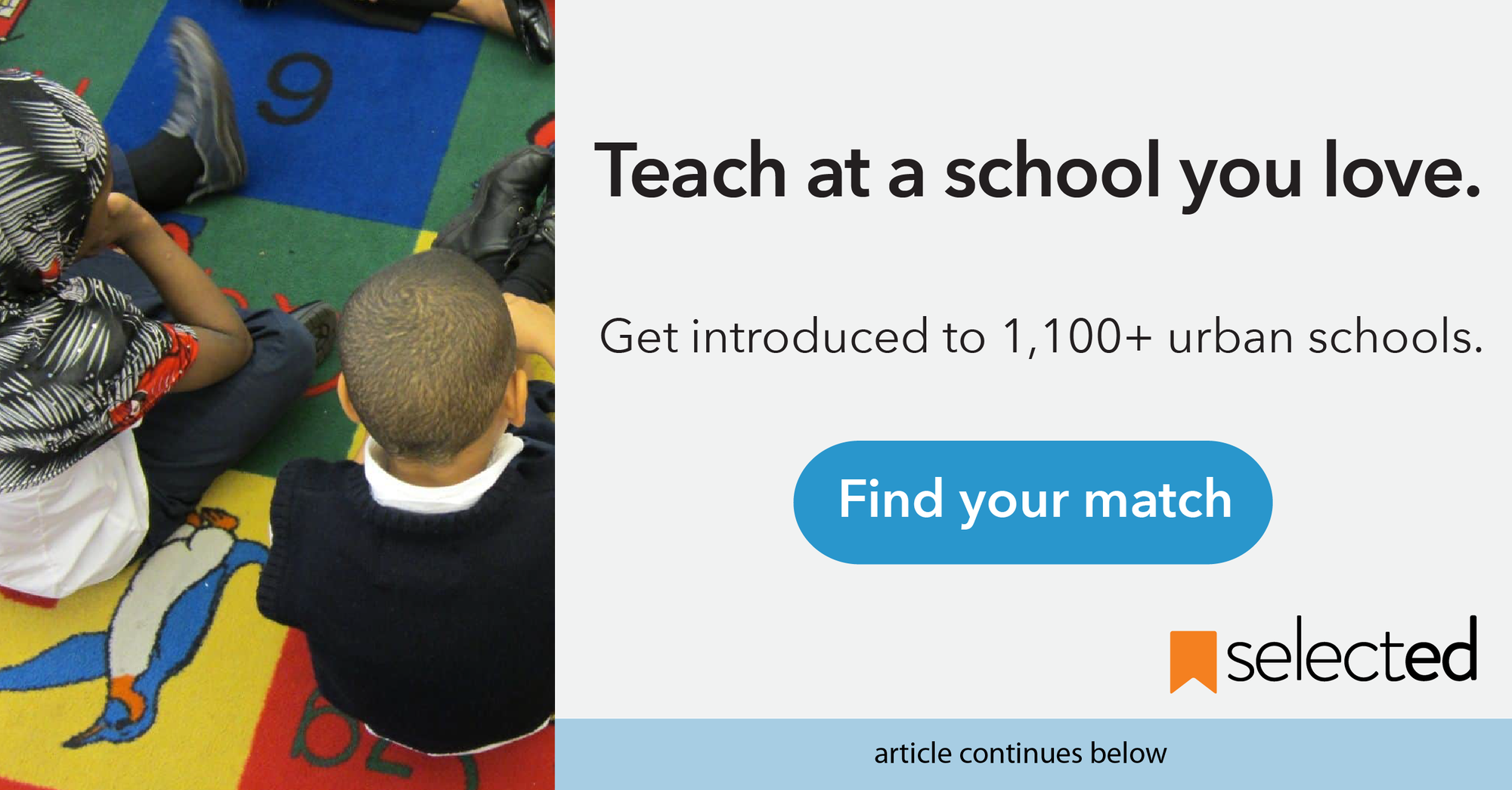How Teachers Can Engage Parents and Family for Student Success
There is a direct correlation between family involvement and student success. Learn how to increase family engagement by building strong relationships through the school year.

The whole community has a role in the development and growth of a child. Teachers and school staff understand a child in one capacity, while parents and families bring another perspective. It is in everyone’s best interest to involve families in as many ways possible for a student to grow academically, socially, and emotionally. Family members, educators, and other members of the community should partner to share the responsibilities of supporting (and resourcing) a student’s success.
As educators, we want families to be involved in their child’s education. We know that every parent wants to be involved — but how? It comes down to the teacher consistently and proactively trying to establish meaningful relationships with a student’s family. Below are a few tips to get you started.
Note: As a veteran teacher, I have experienced a plethora of family situations. Because of this, I refer to my student’s parent(s) or guardian(s) as “family.” I find this term more inclusive of all the people involved in a child’s education.
Steps To Engage Your Student’s Family
Establish contact
Families want to know what is happening with their child. They put their trust in the system, school, and most importantly, you. Keep the lines of communication open and flowing. Start the school year strong with a phone call to say hello and introduce yourself. Explain why you are excited to teach and know their child. This makes communication easier if, and when, the need for a difficult conversation arises. For secondary education teachers, I recommend sending a letter home (administration approved, of course). You may have four times more students than elementary education teachers, yet it is still important to contact each family to make a positive first impression.
Spend the time
Families want to know that you are doing everything for their child. Take time to get to know your students individually so when you communicate with families you are able to share more than academics. As the teacher, you may see a different side of the student, and you want to share this when speaking with their family. Also, get to know family members’ names. It goes a long way when you address them personally.
Allow families to know you
Make it easy for families to get to know you, as well. Share details about yourself — where you are from, where you went to school, why you teach, why you are excited for the school year, what your hobbies are, etc. Families want to know who is with their child. They want a connection just like you do. Provide them with an entry point. Sharing personal information while maintaining professionalism can be difficult to balance. The best approach is to start small, and be yourself. Share details that you are comfortable with sharing, but also consider what family members would be comfortable hearing.
Make family engagement a priority
Families want to be involved in their child’s learning. It is more common for families to volunteer and participate at the elementary school level. Leaders see this number decline incredibly at the secondary school levels, however. There are multiple reasons for the decline in family engagement, such as the academics becoming more rigorous (family members struggle to help with the classwork) and students wanting their social independence (family members are discouraged from participating).
To counteract the decline of engagement, start with inviting families into your classroom for events, to volunteer, to participate in class discussions, etc. Despite what students may voice, they need to see their families engaged and trying. There is a direct correlation between family involvement in a child's learning and higher academic outcomes.
Ask families what they would be interested in participating in and what works for their schedules. Remember, a parent may not be able to participate in everything, but they want to be involved and included. There are many, unique ways in which families can participate. Be sure to give families enough time to plan to attend as well! That lets them know their involvement is critical to their child’s success.
As an example of engaging families at the secondary school level, I taught project-based learning and invited families to the student presentations. The participating families asked questions that provoked deeper thinking in my students. The families also provided feedback on the presentations, which was shared with the students. The impact of this event on my students and their families was larger than I had imagined. Students asked that more, similar events be added to our curriculum.
Set boundaries
For your and your students’ families’ well being, it is imperative to set boundaries. This means setting a strict timeframe for communication. I recommend communicating only during school hours or until 5 p.m. on weekdays. Weekends are for rest, not for responding to work emails. Set expectations with families for your turnaround time. This may be 24 to 48 hours, depending on your preference or school's requirement. If your school does not have a defined turnaround time, explain that this is your standard, and not the norm for all teachers. If you respond during off hours, you are communicating that it is ok and that you have no personal/professional boundaries. You are a professional — it is reasonable to remind families of this. Day-to-day, there are emergencies that arise and these boundaries are different for such events. If you find yourself unsuccessful with setting boundaries, reach out to your school leaders for support. Supporting you with this is one of their responsibilities.
Have the difficult conversations
Difficult conversations are inevitable. The best way to have them... is to have them. When coaching, the issue that I encountered most often was a teacher being nervous about the anticipated response. We don’t know how students’ families will respond, that’s the difficult part. However, what helps is having your facts straight and managing your emotions. When you provide evidence to families about what occurred in the classroom, and what actions you took — they are more likely to be open-minded about their child’s behavior. And then, you must be ready to listen. This is why ongoing parent communication is so important. If you invested the time to keep families in-the-know about a potential issue, you’ll find both parties better prepared to have a difficult conversation. With less surprises and more emotional preparation, the conversation may be much smoother and productive. The best outcome is to determine next steps, together. Make it clear that you are a team and want to be in the same corner with them.
….What if I don’t speak their language?
That is ok! Families are just as nervous as you, if not more. The challenge is not just bridging languages, but also the cultures of everyone involved (including your school’s culture).
To get started, find someone in your school to help translate. Give them a heads up, though! Translating isn’t always easy and takes time. If the language is not spoken by a teammate, try a free tool, such as Google Translate. I used this resource multiple times with families who spoke Japanese, Mandarin, Bangla, French, etc. Families just want to be heard, and if there is a way (even through technology) — it will help bridge communication. Most importantly, when you are talking with families through an interpreter — look them in the eye (if, of course, their culture allows). I coached my teachers on speaking directly to their families while I translated. As the translator, I am a third party. The conversation is between the family and the educator.
When families feel welcomed into a school setting, they are more likely to support and participate in their child’s education in a positive and collaborative way. It is the responsibility of the teacher and school to provide this opportunity to families. Having an open door and clear line of communication is the first step of building relationships with families. They want to be heard, they want to hear from you, and they want to trust you. Allow them in — talk and listen, together.
About Selected
Selected helps teachers find jobs at schools they love. We offer a free school matching and career support platform for teachers that connects them with 1,200+ PK-12 public and independent schools in urban metro areas in the Northeast and West Coast, including New York City, NJ, CT, Philadelphia, Washington DC, Boston, and Los Angeles. Create a FREE teacher profile in 5 minutes and connect with hiring schools immediately!





